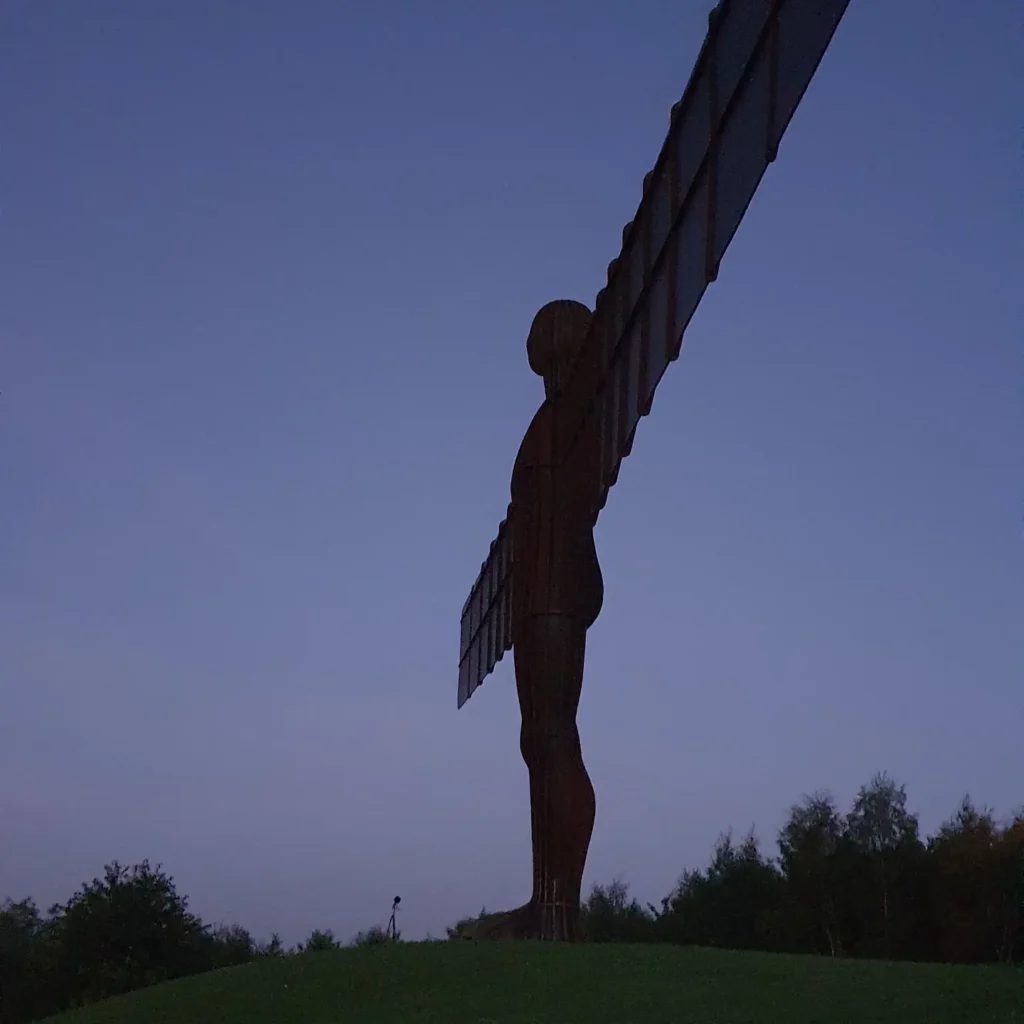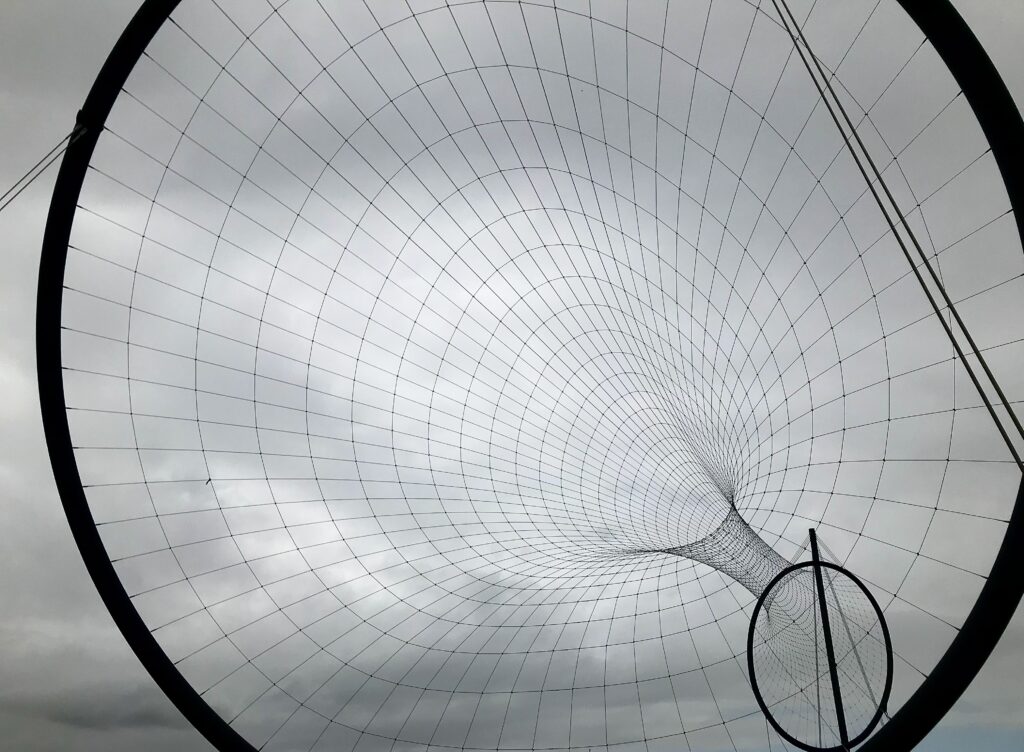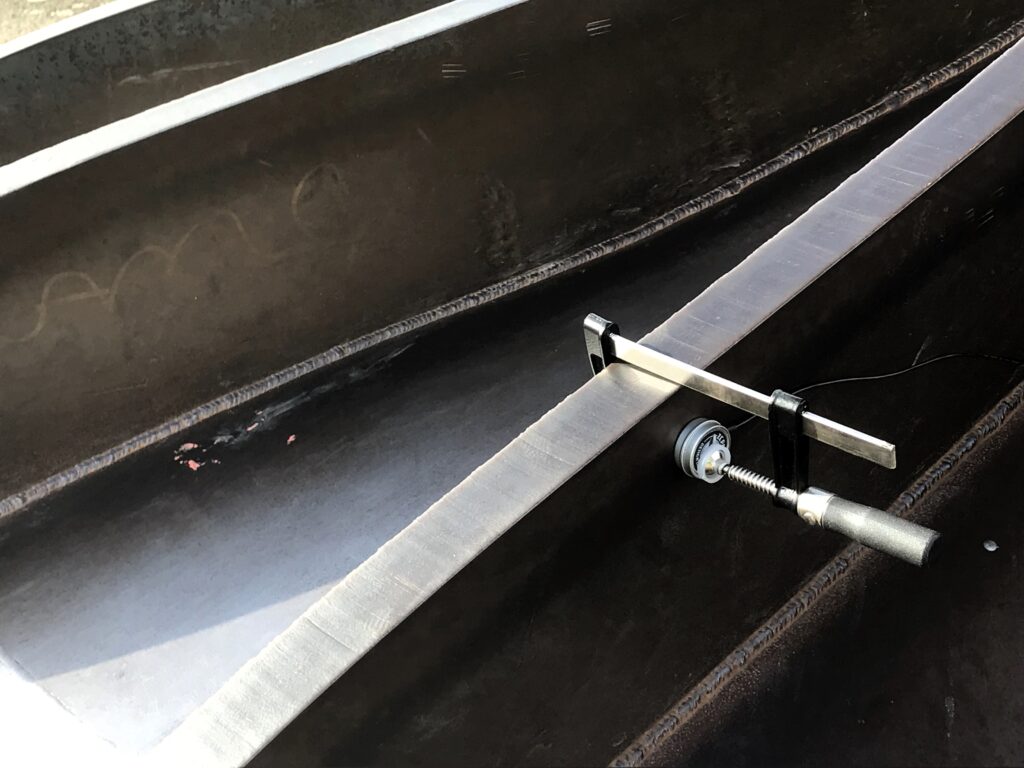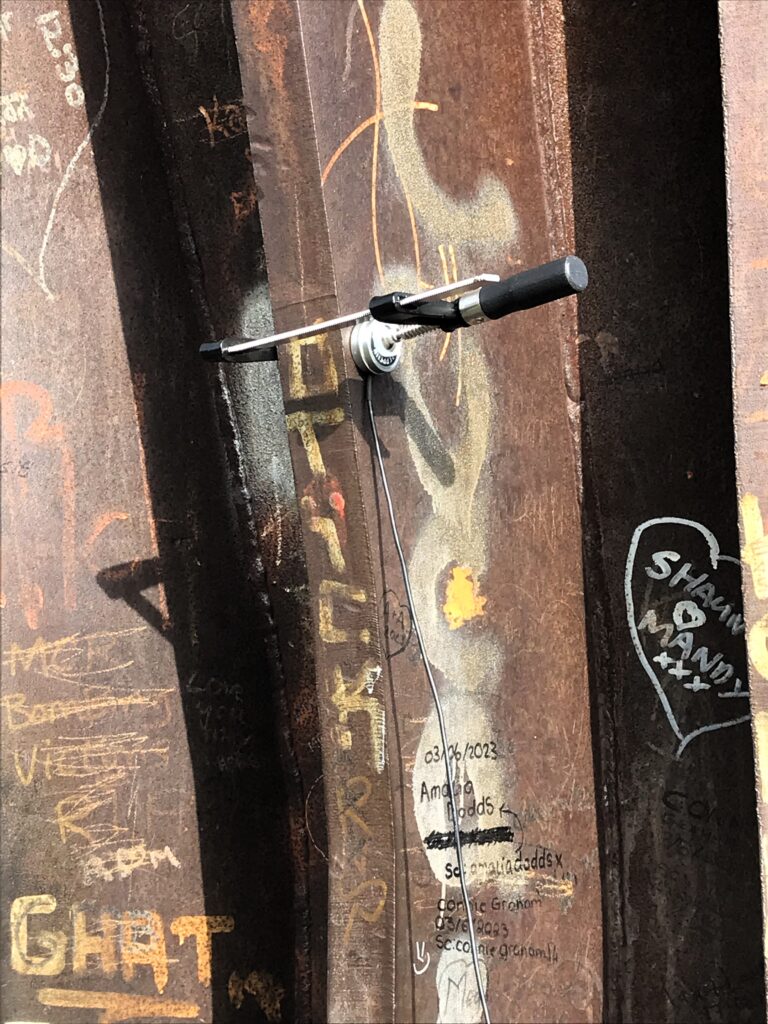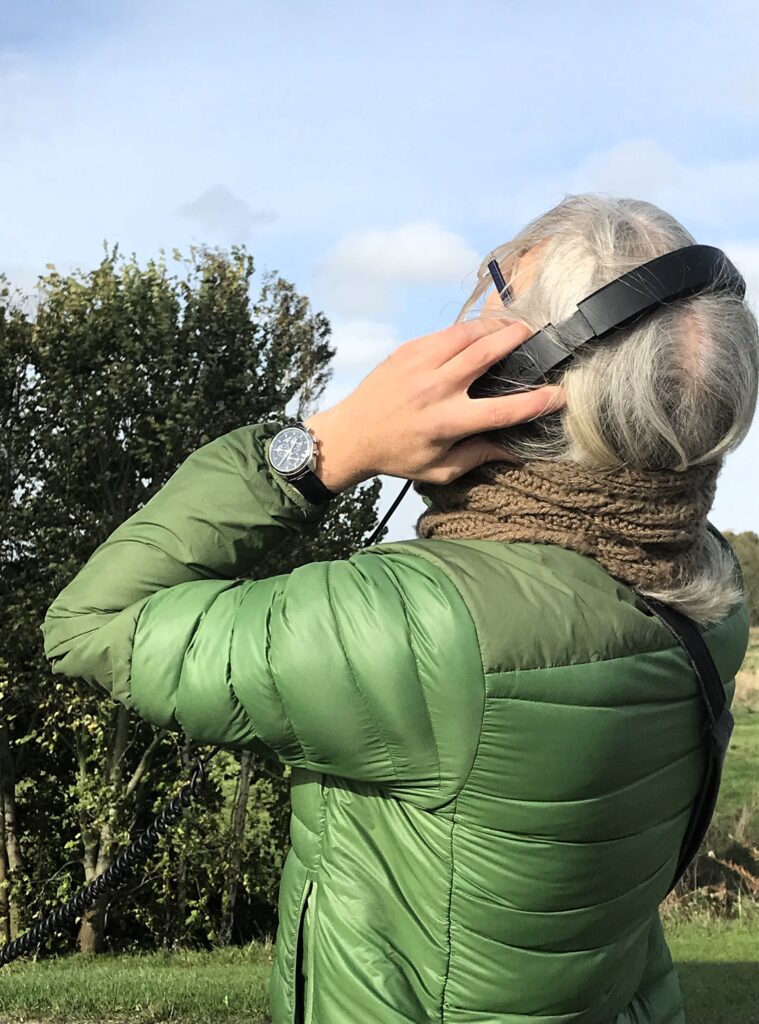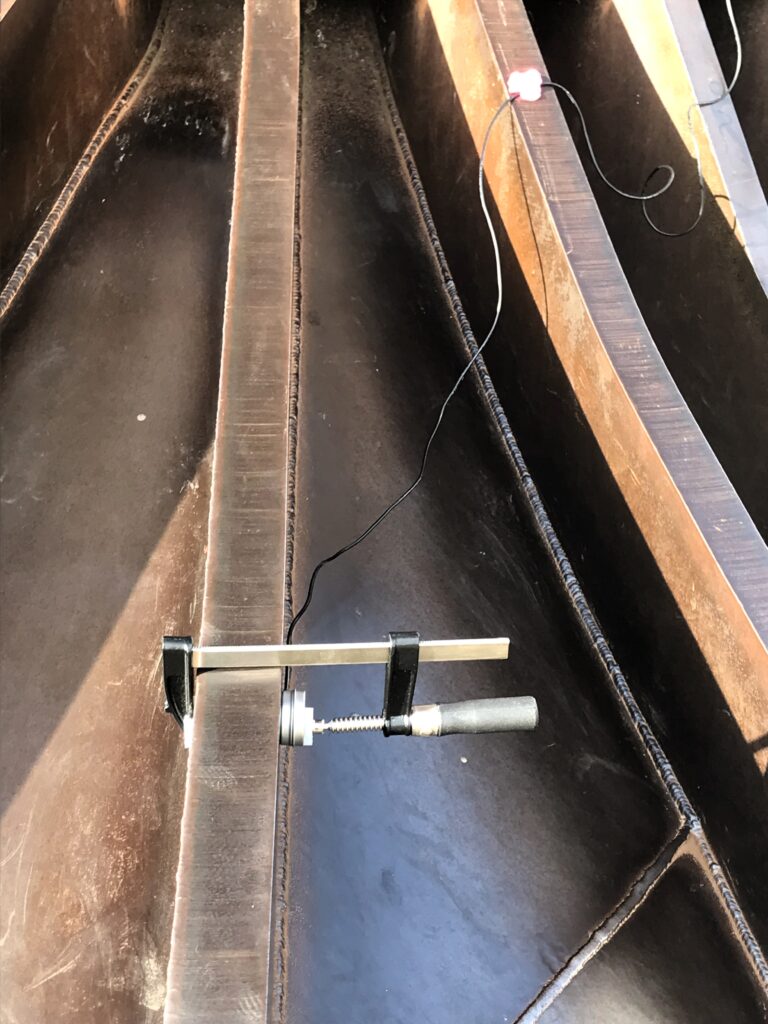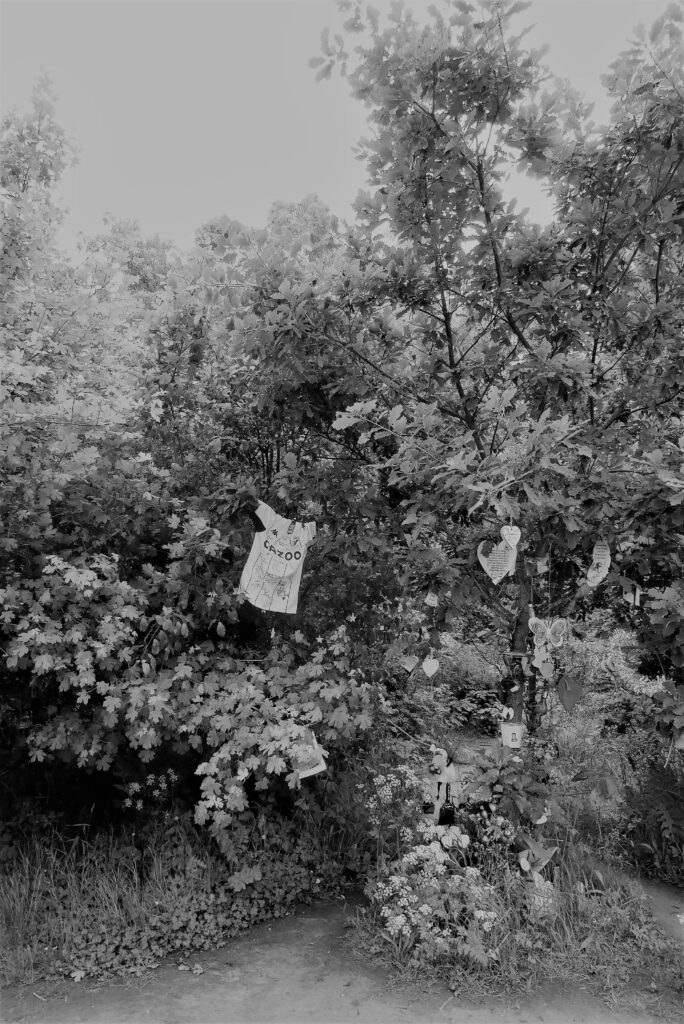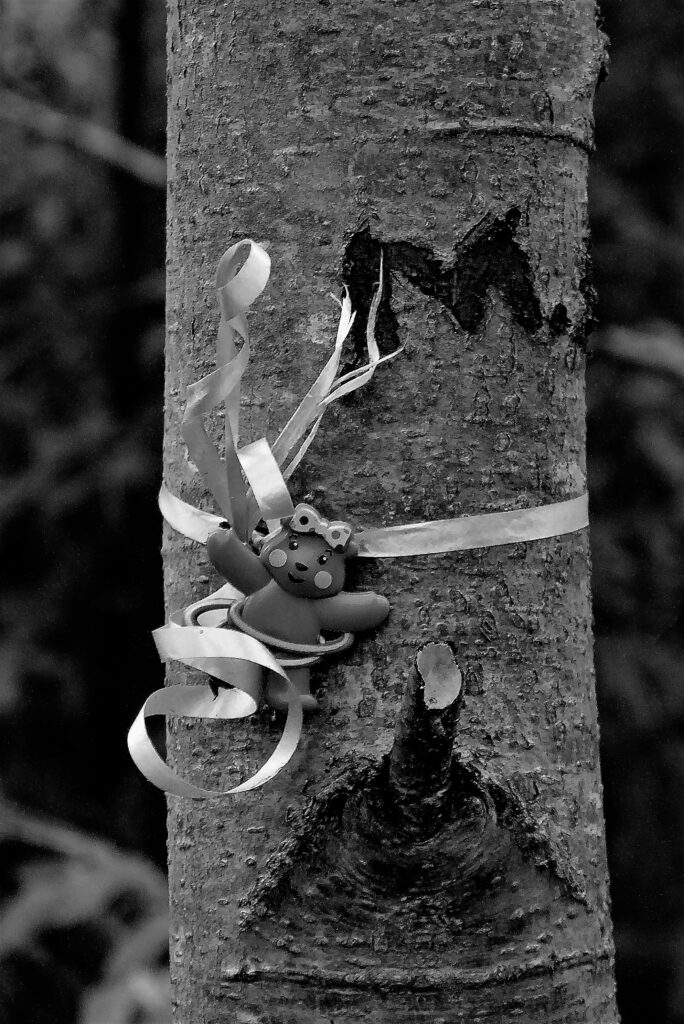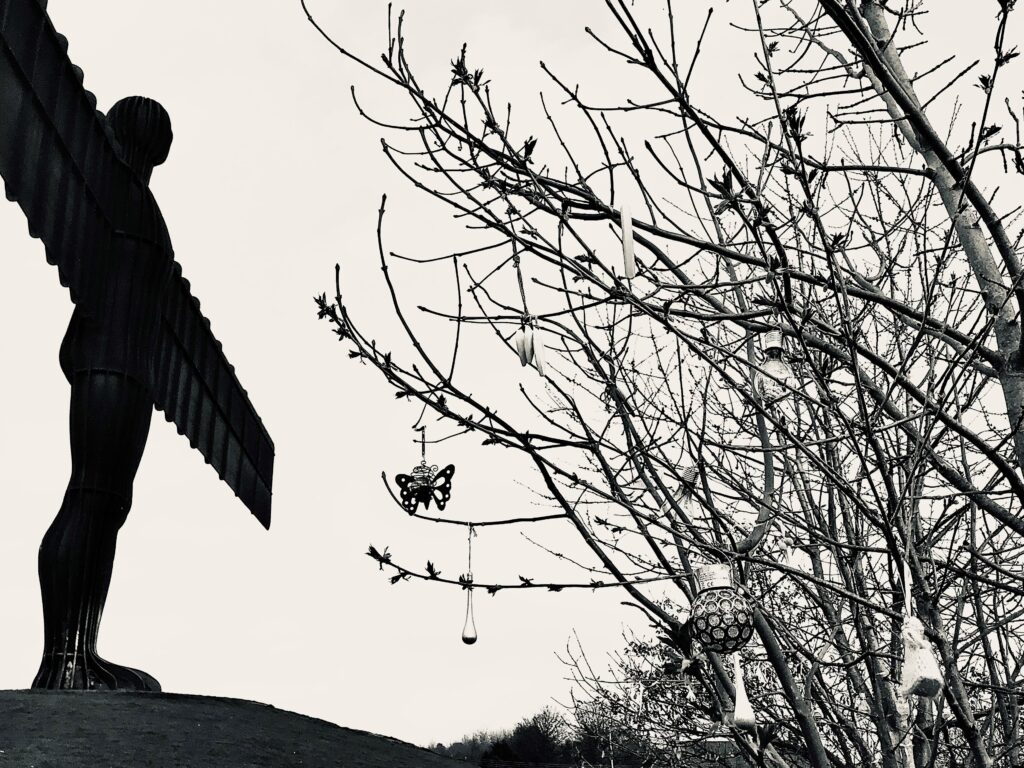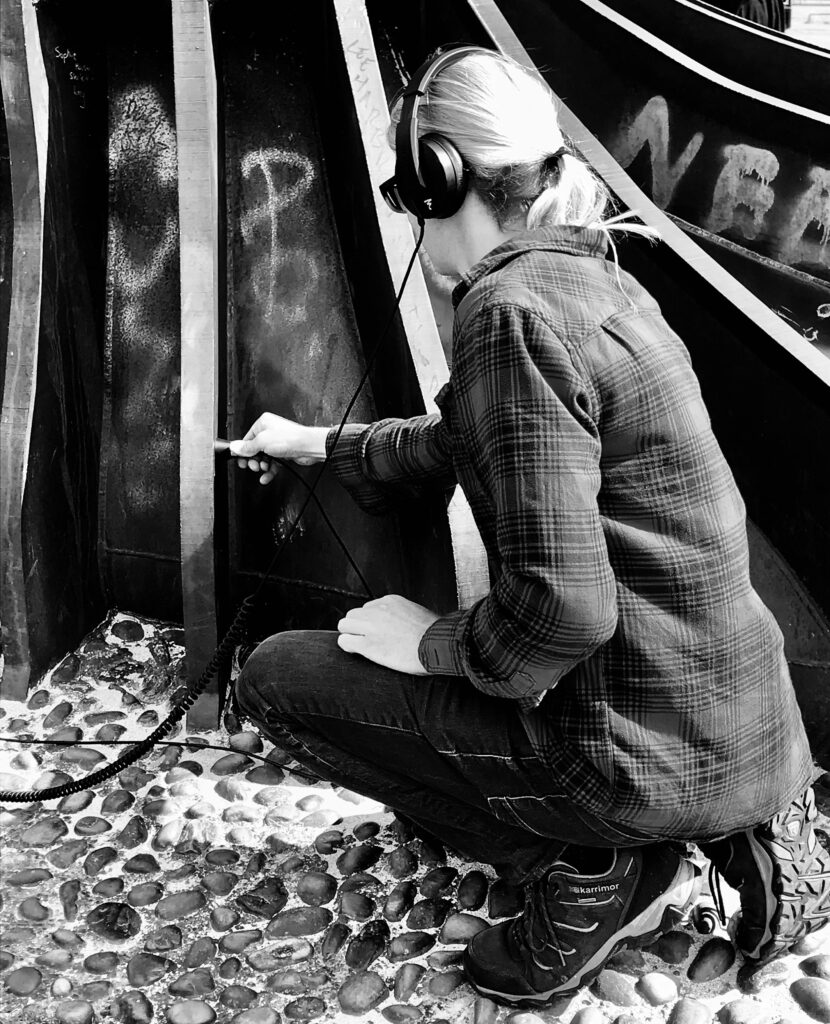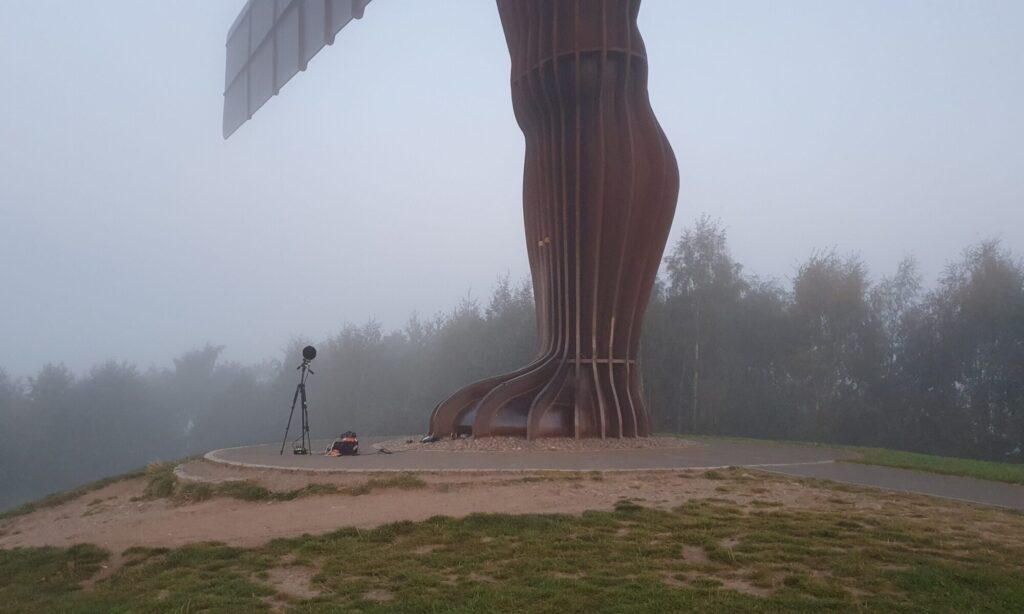
Following the article in The Guardian about the memorial objects at The Angel of the North, a number of people kindly emailed me about clootie or rag trees, wondering whether there might be a connection with the memorial activity at The Angel. Clootie means cloth in Scots and the trees, usually hawthorn or ash, are located close to sacred wells or springs. A rag or cloth would be dipped into the holy water and tied to the tree in order to cure a sickness or ailment. The cloth would often be from a garment associated with the body part affected by the illness, and it was believed that the sickness would fade even as the material disintegrated over time. Holy wells were visited by people from across the area on special days, such as Beltane, the May Day festival marking the beginning of summer.
The Dictionary of English Folklore records that rag trees had become rare by the nineteenth century, although a few remained in Yorkshire, Lancashire, and Cornwall. In 2003, it records three active wells in England: two in Yorkshire (St. Helen’s Well at Walton and St. Helen’s Well at Eshton) as well as an unnamed well at Madron in Cornwall. As the name clootie suggests, a number of trees in Scotland are also associated with this ritual: the best known and still much visited are the Munlochy Clootie Well on the Black Isle peninsula, and St. Mary’s Well in the woods near the battlefield of Culloden. Scotland passed an Act of Parliament in 1581 banishing pilgrimages to holy wells and those which lasted became associated with Christian saints: the well at Munlochy is dedicated to Saint Boniface Curitan. The ritual of the clootie tree nevertheless remained popular in Scotland, and Alexander Crow has observed:
The Clootie Well is mentioned by several historical writers and collectors of folklore and tradition. Writing in his 1869 Book of Days, Robert Chambers mentioned a well to the east of the current Munlochy site, called Craigach Well, in Avoch. He describes the scene on the first Sunday of May as ‘like a fair’, with English, Scots and Gaelic all spoken as the pilgrims made their offerings, also noting that each person drank from the well. Thomas Pennant made two famous journeys around Scotland and in 1769 recorded that he saw many such places ‘tapestried with rags’.
Poignantly, Crow records that the well in Culloden Woods was decorated with coloured ribbons and rags when the 51st Highland Division was lost during the Dunkirk evacuations in 1940. He observes that this revival demonstrates ‘how an ancient practice still had meaning in recent times’. This example also suggests that the traditional association with hanging ribbons on the clootie tree has merged more recently with the memorialisation of the dead.
There are many holy wells scattered across Northern Ireland and the Republic of Ireland: 187 are recorded by the Northern Ireland Sites and Monuments Record, while 2,996 have been officially recorded in the Republic of Ireland. Many more have not been documented because they are small, unnamed springs of local significance, and in 2021 a research project at Queens University Belfast, Hidden Heritage of Holy Wells, set out to map these sites county by county. Examples of rag trees in Ireland include St. Brigid’s Well in Kildare, the Well of St. Lasair in Roscommon, the Holy Well at Tobernalt, and St. Feichin’s Well in Westmeath.

The clootie tree at Munlochy has recently brought into focus some of the sensitivities around these sites. Traditionally, the cloths tied to the trees were scraps of cotton or woven wool that would disintegrate over time. With man-made and synthetic fibres now more commonly used in clothing, some of the cloths that are left do not deteriorate, meaning that the sites can become crowded. Forestry and Land Scotland, who manage the Munlochy well, have teamed up with local community groups to clean up the site periodically, leaving in place those items which are biodegradable and environmentally friendly, and removing only plastics, polyesters and other items that won’t disintegrate. A major clean-up in 2019 responded to the concerns of locals about the deteriorating condition of the area. In 2022, there was community concern when a visitor decided to clean the site without permission from Forestry and Land Scotland, following a build-up of offerings during the Covid-19 pandemic and tree damage by Storm Arwen.
There are undoubtedly correspondences between the clootie or rag trees and the memorial at The Angel, most obviously the tying of ribbons and pieces of cloth around the branches of trees, or hanging items of clothing from the branches. Some of the emails I received speculated about whether The Angel served a similar function to the holy wells, prompting a feeling that the nearby copse of trees was a place of spiritual significance or power. Unlike at the holy wells, however, the ribbons and cloths tied to the trees seem to be items of remembrance rather than placed there in the hope of healing. This prompts the question of whether the rag tree tradition is adapting and merging with grassroots memorialisation, as the example of the tree in Culloden Woods would suggest. It also raises the question of whether cloth tied to a tree as a memorial would be more likely to be made of fibres that will last, so that the memory is preserved. Or would the disintegration of the cloth over time be experienced as the lost person gradually merging into the surrounding landscape? To what extent, too, does the healing function of the rag tree carry over to the memorial at The Angel, so that tying a cloth or ribbon to the branches not only commemorates a person who has died but also represents a healing ritual for those who have been left behind?

The mapping of the holy wells in Ireland and Northern Ireland raises a further question about the delicate balance to be observed between recording and preserving a site and interfering with it. The same sensitivities about removing objects are felt at The Angel and the holy wells, and when I visit the memorial I am careful to disturb the site as little as possible. Like the memorial at The Angel, the holy wells are important to local communities, and the offerings are private and personal to those who leave them. At the same time, it is precisely this grassroots and localised memorial activity that is often overlooked and undocumented; it represents what Professor Keith Lilley from the Hidden Heritage of Holy Wells research team has called ‘small heritage’. By recording the site through sound, our hope is that this project can document the memorial at The Angel of the North, and capture what it means to those who leave objects and tokens there, whilst also respecting the site and the sensitivity of what is being remembered.

References
Alexander Crow, ‘Why Do Celts Hang Rags on Trees?’, Culture Trip, 23 February 2017, Why do Celts Hang Rags on Trees | Culture Trip (theculturetrip.com)
‘Eerie tradition or eyesore? The Clootie Well Clean-Up Row’, 25 January 2002, Eerie tradition or eyesore? The Clootie Well clean-up row – BBC News
Forestry and Land Scotland, ‘Cleaning up the Clootie Well at Munlochy’, Monday 28 October 2019, https://forestryandland.gov.scot/blog/clootie-well-cleanup/
‘Holy wells: mapping Ireland’s hidden heritage’, 7 March 2021, Holy wells: Mapping Ireland’s hidden heritage – BBC News
Jacqueline Simpson and Steven Roud (eds.), A Dictionary of English Folklore (Oxford: Oxford University Press, 2003)

